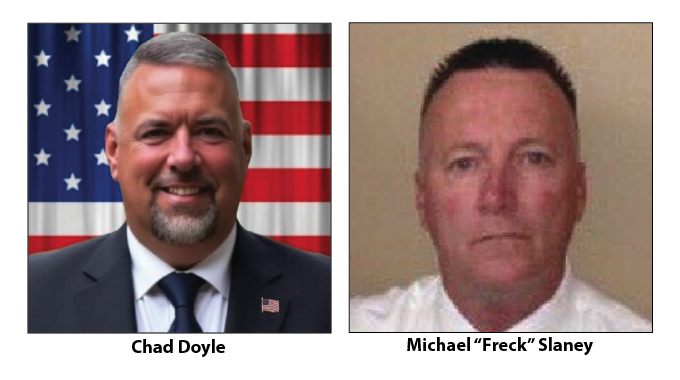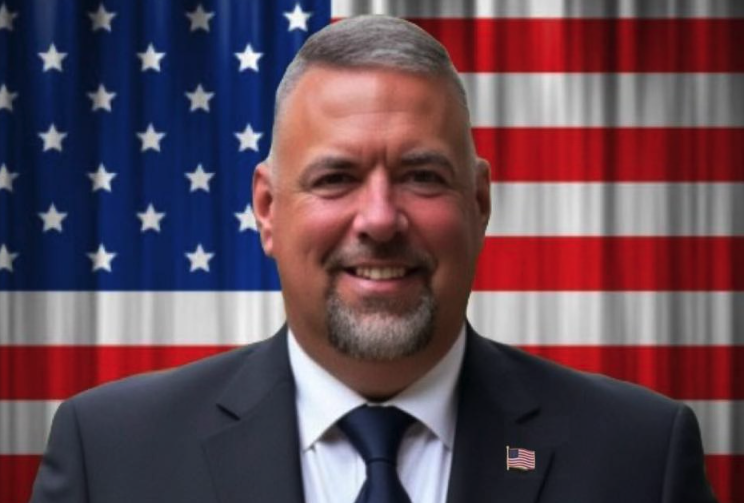FEMA administrator: LC ‘transformed’ into nationwide model of resilience
Published 6:41 am Wednesday, August 28, 2024

- Downed power lines litter Lake Charles roadways following Hurricane Laura's arrival in Southwest Louisiana in August 2020. (Rick Hickman / American Press Archives)
When it comes to community restoration and resilience, Lake Charles just “gets it.”
That is what Federal Emergency Management Agency Administrator Deanne Criswell said in her keynote address at the LC Resiliency Summit 2024 on Tuesday.
The summit, hosted by the City of Lake Charles, was organized to highlight the City’s recovery process on the anniversary of Hurricane Laura. Throughout the day, panels relating to recovery, bolstering resilience and mitigating future disaster damage were held at the Lake Charles Event Center.
Trending
Parish Administrator Bryan Beam said four years into recovery, there is “a feeling in the air that we’ve turned a corner.”
“You’re starting to see a lot of tangible, physical, and frankly emotional, spiritual hope around this place.”
When introducing Criswell, Beam said that her “commitment to resilience” and innovative FEMA reforms and policies show how her “heart is in resilience and mitigation.”
Criswell is FEMA’s 12th administrator, and the first woman to hold the position. She began her tenure oin April 2021. Due to her boots-to-the-ground approach, she has traveled over 100,000 miles to disaster zones across the country in the past three years.
Lake Charles was one of the first zones she visited, she recalled.
Following Hurricanes Laura and Delta in 2020 and the freeze and the 100-year flood in 2021, the City was at the top of her priority list.
Trending
Upon arriving, she was inspired by the “grit,” “tenacity” and “commitment to neighbors” that the city embodied. The “personal and mental resilience” that Lake Charles’ citizens exhibited is worthy of applause, she said.
“Your dedication to your community, it was really palpable, and it still is.”
Lake Charles has “come a long way” in four years thanks to the prioritization of partnerships and investments,” she said.
“The progress you have made is truly remarkable.
“You did the hard work by rebuilding and recovering, but you did it all with the future in mind. You chose to think ahead and invest in resilience.”
The city has been “transformed” into a nationwide model of resilience, something that becomes more and more important each year in the wake of an ever-evolving disaster landscape impacted by climate change.
“We’re experiencing hotter summers, stronger storms, and the hurricane outlook tells us they will only get bigger, stronger and more destructive,” she explained. “Which means its more important than ever that your community, like communications and utilities, are prepared for what lies ahead.”
Areas that commit to “true holistic resilience” are the most successful,” she said.
“Lake Charles, you embody that work.”
Some of the steps taken by the City that Criswell highlighted were replacing the fire training center, relocating the public works campus, investing in sustainable housing and rebuilding McNeese State University.
When it came to seeking resources, there was no stone left unturned. The City partnered with FEMA, the Governor’s Office of Homeland Security and Emergency Preparedness (GOHSEP) and the U.S. Department of Housing and Urban Development to gather funding for recovery and resiliency projects.
$90 million in community development block grant disaster recovery funds were secured for Calcasieu Parish residents; $40 million in grant funding was awarded to the City from the 2023 HUD Choice Neighborhood Initiative for the mid-city transformation project.
The mid-city neighborhood transformation project is part of Just Imagine SWLA, a community-led 50-year resilience master plan focused on economic development, housing, community development, infrastructure, and natural and cultural resources.
Just Imagine SWLA is the result of inter-community collaboration, and is another example of the critical role partnerships play in recovery, Criswell said.
“Every community has different needs, different hurdles, different requirements, and it takes these partnerships to inform the delivery of assistance and build preparedness from the ground up,” she said. “Only together can we prepare communities for future environmental threats like flooding, hurricanes and wildfires.
“This is what a resilient community looks like.”





